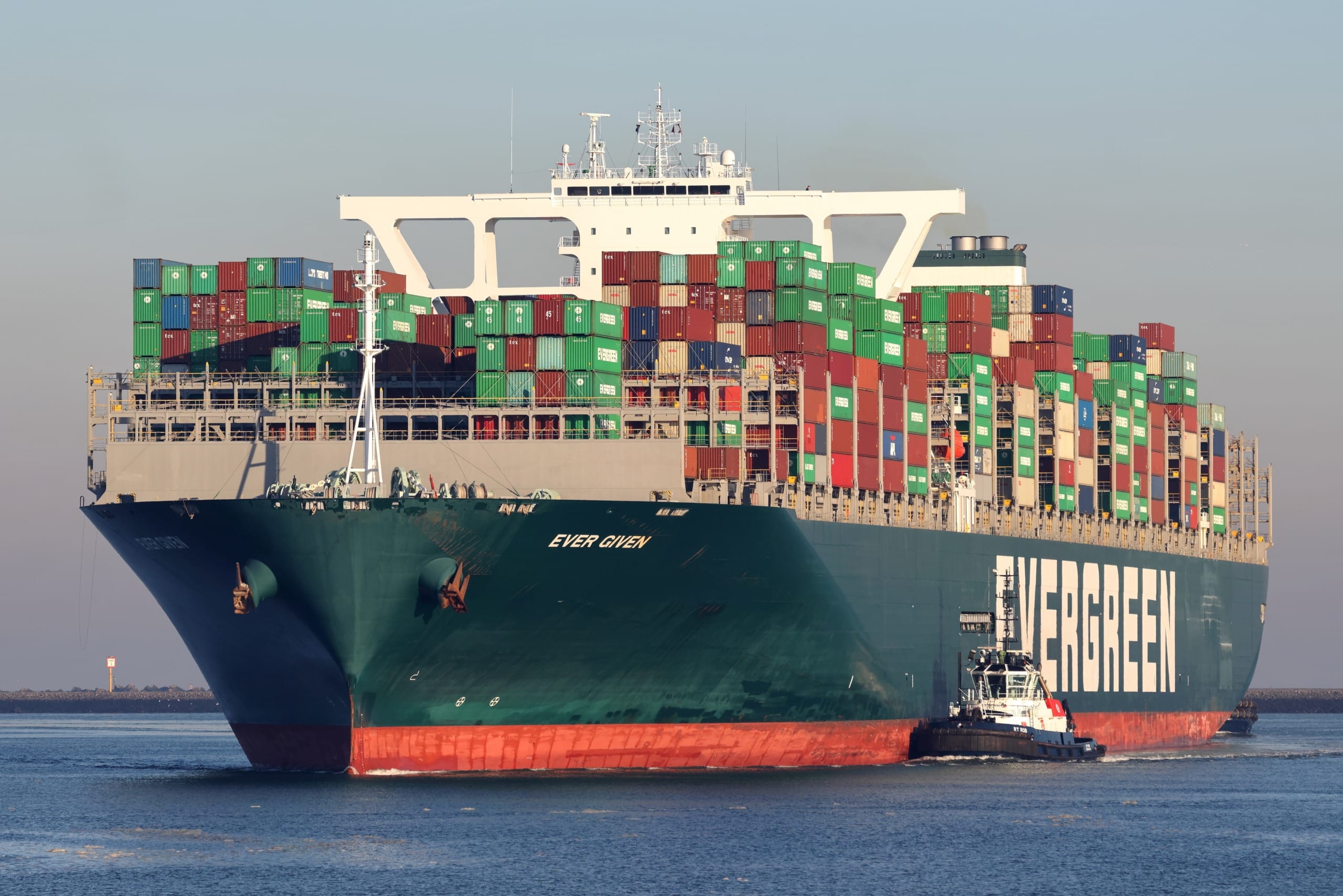Hint: Chinese New Year is only part of it.
Planning around Chinese New Year has always been the annual bane for companies who contract manufacture in China. A new lineup of complex factors comes into play as we head into Q4 of 2021 and beyond. Supply chain decision-makers are now facing unprecedented constraints and challenges. Despite progress in recovering from the pandemic, new outbreaks, government regulations, and a host of other factors continue to impact China’s manufacturing output. However, China isn’t the only issue. A globally interconnected network and lack of labor means new adjustments and a little forebearance will be necessary by brands and customers.
China’s Covid Policies
China continues to enforce large-scale lockdowns with each new outbreak of Covid-19. An increasingly uncertain manufacturing base means companies must take proper precautions knowing that suppliers as well as ports can close with little notice. JIT programs should probably be adjusted to JIC (Just In Case).
Energy Conservation
A nationwide energy crisis has further hindered China’s recovery. 20 of China’s 23 provinces have throttled back energy consumption as part of a government mandate to ration energy usage. Factories have been forced to shut down for days and even weeks at a time as part of the directive to conserve power. Unplanned delays have been creating additional instability for companies contract manufacturing in China.
Global Labor Challenges
The pandemic spurred a global labor revolution that has left parts of the worldwide supply chain with insufficient manpower. Chinese New Year has always created the need to boost inventory levels with larger purchases. In China a large number of factories employ migrant workers, many of whom don’t return to their jobs following CNY. Covid only exacerbated the issue in China but reached other Asian suppliers in Vietnam, Thailand and Cambodia. The US has its own labor woes. Locally brands like Nike, Dick’s and Costco have downgraded forecasts and earnings. A US survey of US Chamber of Commerce respondents cite labor is the number one factor affecting growth.
Cash Flow Crunch
Ironically as people quarantined there was a huge surge of demand for products such as fitness, cooking, home restoration and other remain in place categories. Although a reliance on Asia manufacturing has always presented complexities, the flow of materials and labor shortages both overseas and at U.S. ports has created huge bottlenecks at factories. While demand ramped up significantly as the world awakened from the pandemic, container shortages forced suppliers to pile up finished goods. The ripple effect has resulted in Chinese factories suffering cash flow shortages.
SCMP reported that the issue now is that customers who order from Chinese exporters could see their orders canceled, even with demand still as high as ever.
“There are a lot of orders, but I don’t dare accept them,” Kevin Huang, a hardware producer in Guangdong, told SCMP. “Now we have an inventory of 80 containers waiting for shipment. I’m running out of funds and under a lot of pressure to pay for my operations, like other factories here.”
Logistics and Worker Shortages
In addition to US ports facing huge staffing voids, operations have exposed antiquated processes.. An October 14 Reuters report stated that “the ports of Los Angeles and Long Beach significantly lag Chinese rivals when it comes to port efficiency.”
U.S.-based shipping industry consultant Jon Monroe said “Port terminals in China usually operate 24/7. Many tasks are automated and labor slowdowns are rare.”
Costly shipping delays mean ships waiting to be unloaded for an extended period of time will face surcharges. A shortage of drivers – It is estimated that the industry is currently in need of 80,000 drivers– just compounds the problem.
With supply chains expected to struggle for at least the next two to three years, companies should analyze their operations and make adequate adjustments to forecasts and demand planning while communicating externally to customers.
“Fixing what ails the supply chain won’t be easy or quick,” experts say. At its core, the problems plaguing nearly every disruption along this globally interconnected network is a lack of labor.
Travel restrictions will affect business operations for the foreseeable future
International travel has come to a halt and even domestic travel within China continues to be strictly regulated. Companies have pivoted adopting long-term solutions that mitigate the challenge of not being able to manage suppliers in person.. Supply chain consultants and local Chinese sourcing agents have become key factors in overseeing orders, identifying new factories and monitoring quality control.
Factory production times and schedules will continue to test US retailers, automakers, food and beverage companies and brands around the world. Companies should stay up to date and communicate clearly with factories daily for planning purposes.
Contact Us






Follow Us